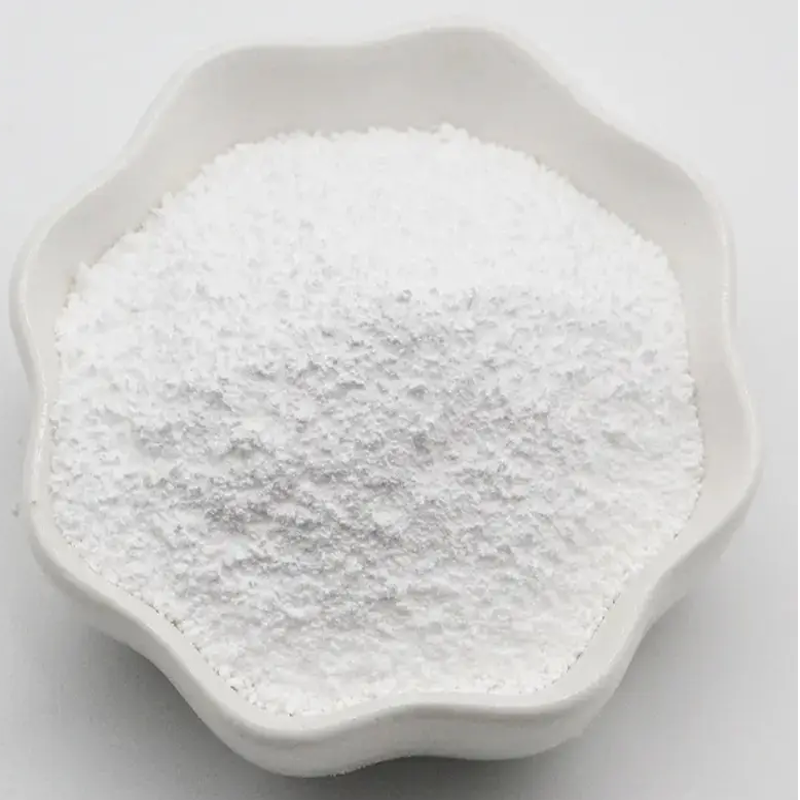-
Categories
-
Pharmaceutical Intermediates
-
Active Pharmaceutical Ingredients
-
Food Additives
- Industrial Coatings
- Agrochemicals
- Dyes and Pigments
- Surfactant
- Flavors and Fragrances
- Chemical Reagents
- Catalyst and Auxiliary
- Natural Products
- Inorganic Chemistry
-
Organic Chemistry
-
Biochemical Engineering
- Analytical Chemistry
- Cosmetic Ingredient
-
Pharmaceutical Intermediates
Promotion
ECHEMI Mall
Wholesale
Weekly Price
Exhibition
News
-
Trade Service
Yersinia pestis, the causative agent of the natural foci of plague, has caused three pandemics in history, killing millions
Recently, researchers from the State Key Laboratory of Biosafety of Pathogenic Microorganisms and the Frontier Innovation Center of Biomedicine of Peking University performed single-cell sequencing of the host lymph nodes in the early stage of bubonic plague, and further improved the interaction between Yersinia pestis and host immune cells in the early stage of infection.
The researchers first challenged mice with fluorescently labeled Yersinia pestis by subcutaneous injection in the groin, simulating a mouse model of bubonic plague
Figure 1 Single-cell transcriptome sequencing in mouse lymph nodes in the early stage of bubonic plague
Single-cell transcriptome sequencing of mouse lymph nodes was performed at 2h and 24h after infection with Yersinia pestis.Figure 2 Yersinia pestis has pro- and anti-inflammatory effects on monocyte/macrophage coupling
Yersinia pestis-infected monocytes/macrophages exhibited M1-M2 coupled activation rather than the classic M1/M2 polarization pattern
In addition, the team also used the cell interaction analysis tool based on CellPhoneDB to analyze the ligand-receptor interaction rules of different cell types at different time points after infection, and found that the chemokine receptor CCR1 on the surface of neutrophils may be involved in The process of neutrophil enrichment in lymph nodes after Y.
Figure 3 Intercellular interactions in the draining lymph nodes in the early stage of Y.
The neutrophils that kill Y.







